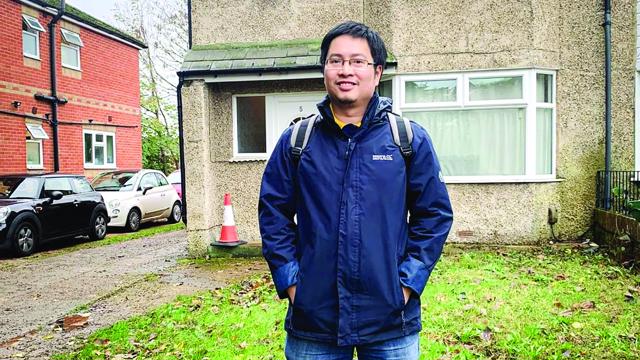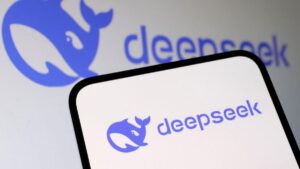Vietnam’s Journey to Master AI Technology

Understanding the Success of China’s DeepSeek Program
Introduction to DeepSeek
DeepSeek is an innovative example of technology development in China, demonstrating a unique approach in the face of challenges. The program emerged against a backdrop of restrictions, particularly limitations on access to advanced international technologies such as high-performance GPUs from companies like Nvidia. These constraints were largely due to sanctions that impacted China’s ability to acquire top-tier technological resources.
The Need for Change
Before DeepSeek, many in the global artificial intelligence (AI) sector operated under the assumption that substantial financial investment in high-end hardware was essential for AI advancement. Major players like OpenAI, Google, and Meta fueled this belief, resulting in climbing stock prices for companies producing the necessary tech. The prevailing notion was that the future of AI hinged on possessing robust computing capabilities.
However, DeepSeek has debunked this myth by focusing on resource optimization and innovation rather than competing for hardware supremacy. The limitations imposed on China spurred a drive for a distinct developmental path rather than simply mimicking established models from other countries.
Factors Contributing to DeepSeek’s Success
Several elements played pivotal roles in the success of DeepSeek:
Leveraging Existing Research: Instead of starting from scratch, DeepSeek effectively used research and studies that had already been published. This allowed them to build on the knowledge that was already available.
Simplifying the Model: In contrast to complex systems like OpenAI’s GPT-4, DeepSeek adopted a more straightforward approach, optimizing its models and resources.
- Open Source Philosophy: DeepSeek’s commitment to open-source technology has been widely appreciated within the global research community, fostering collaboration and innovation.
Insights into China’s AI Strategy
The development of DeepSeek is indicative of a strategically planned initiative that China has been cultivating over the years. Investments in education, science, and the cultivation of talent have been at the forefront of this strategy. Programs aimed at drawing talent back to China have significantly contributed to building a strong domestic skill base.
DeepSeek’s development team showcases this success, as nearly all members are Chinese professionals trained locally. This emphasis on nurturing talent is crucial. A country that solely relies on foreign technology may only gain a superficial understanding of it, leading to ongoing dependence and high costs. In contrast, fostering local expertise allows for the genuine mastery of technology.
Assessing Vietnam’s AI Landscape
Current Standing in AI
Vietnam’s AI ecosystem is currently underdeveloped, primarily due to the absence of a clear strategy and cohesive vision. Many businesses in Vietnam tend to follow global trends rather than crafting their own unique approaches.
Challenges Ahead
To advance, Vietnam must cultivate a workforce of genuine experts capable of analyzing local strengths and weaknesses. It’s essential to focus on Vietnam’s distinct advantages, making targeted investments in those areas. While leveraging foreign technology may be necessary for some sectors, prioritizing domestic development is crucial.
Opportunities with Open Source Technology
Vietnam can draw valuable lessons from China regarding the use of open source technology. However, it is essential to tailor strategies that fit Vietnam’s unique strengths rather than simply imitating China’s approach.
Vietnam should concentrate on developing AI solutions that address local challenges while identifying niche markets where they can compete effectively without directly challenging major companies.
Strategic Recommendations for Vietnam
Local Solutions: Develop AI products that cater to Vietnam’s specific needs. There is a significant opportunity to address local challenges that foreign solutions may not fully optimize.
Target Similar Markets: Vietnam can expand its influence by looking towards markets with similar development stages, like Bangladesh or certain African countries, where it can offer unique solutions.
Balance Between Independence and Collaboration: While it is tempting to rely on major tech firms, Vietnam must gradually build its own AI ecosystem. Investing in homegrown talent and collaborating with local tech companies such as FPT and Vingroup will be essential.
- Talent Development: A robust strategy to attract and retain AI talent is vital. Ensuring that skilled professionals choose to stay and work within Vietnam will help the country develop its own technological solutions.
Vietnam’s journey in the AI landscape requires a careful and balanced approach, grounding itself in local expertise and strategic foresight while remaining open to global trends and cooperation.






